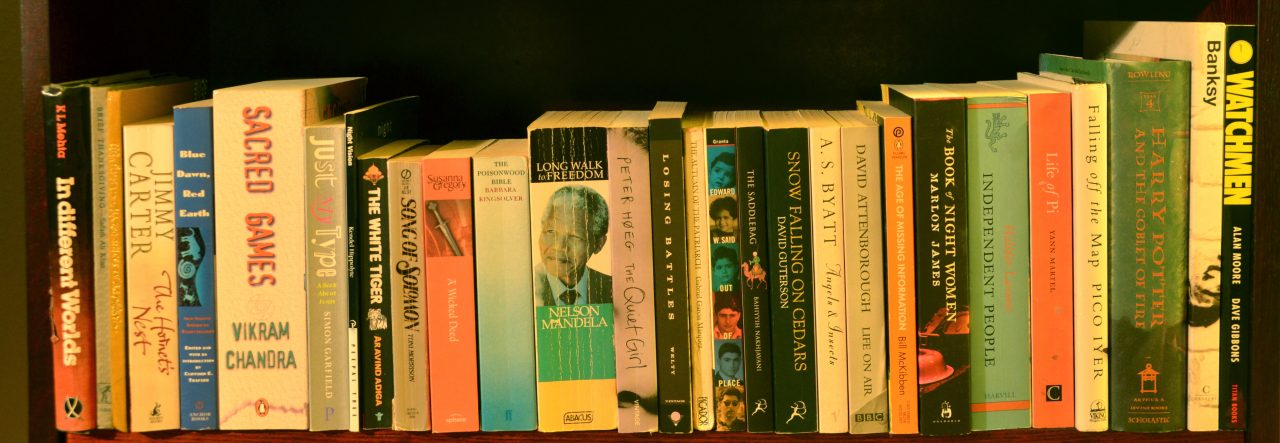Published by Text Publishing / Non Basic Stock Line, 2000, 312 pages.
I first heard of Matthew Flinders in July 2014 when a friend, Heather Wicks, told me that she was going to London for the unveiling of his statue. Flinders was her fourth great-uncle, who had been the first European to sail around Australia. That piqued my curiosity, so she lent me this book.
Matthew Flinders spent most of his life sailing around Australia, and gave it its name. He was the first to circumnavigate Tasmania, then known as Van Diemen’s Land. Flinders spent several years in Australia, finally returning home to his wife, Anne in 1810 after being imprisoned in Mauritius for over six years. (A letter to her is included at the end of this book.) He spent three years writing his diaries but died before he could see them in print. Tim Flannery has edited his diaries into a single volume and written an excellent introduction.
Flinders was born in England in 1774. He decided as a boy that he was going to sea, and by 1789, he was working for the British navy. His first voyage to Australia was in 1794, when he signed up to go on the Reliance to Botany Bay. The crew included a surgeon, George Bass, and the two men shared “an ardour for discovery”. Once the ship had docked in Port Jackson in Australia, they set off to explore the coastline in an 8-foot ship called Tom Thumb. The entire crew comprised the two men and a boy. Over the years, the ships Flinders used to explore the coastline grew bigger in size until he was put in charge of Lady Nelson, a brig of 60 tons in May 1802, an indication of Britain’s growing interest in exploring the continent.
Australia became Flinders’s passion. A few months after the Reliance had docked in London, Flinders was on another ship, the Investigator, heading back to Australia. It was on this second trip, when Flinders was circumnavigating Tasmania, that he encountered the man who was to be his rival, the French captain Nicolas Baudin. The two men—and two countries—vied with each other to discover more about the continent. As the French first lieutenant jokes to Flinders, “If we had not been kept so long picking up shells and catching butterflies in Van Dieman’s Land, you would not have discovered the south coast before us.”
But of course, the land was not “discovered” by the Europeans—the aborigines had been there for a long, long time before. Flinders writes about his meetings with the aborigines, which were, on the whole, friendly. He tries to see through their eyes and imagines how he would react to strangers, “so different in complexion and appearance”. However, not all these encounters went so well. In 1802, a misunderstanding led to a scuffle between the crew and the aborigines, leading to an aborigine being shot—unfortunately, not the last time this happened.
Flinders writes in great detail about the trips, describing the land, its flora and fauna. He lists the supplies they carried and how much they cost. This book is not a quick read but it really gives a sense of what it must have been like to be on those journeys. We live in a time when it feels like we have seen everything, either actually or virtually. These diaries recapture the sense of wonder of seeing something for the first time. They are also an important chapter in the history of Australia.

